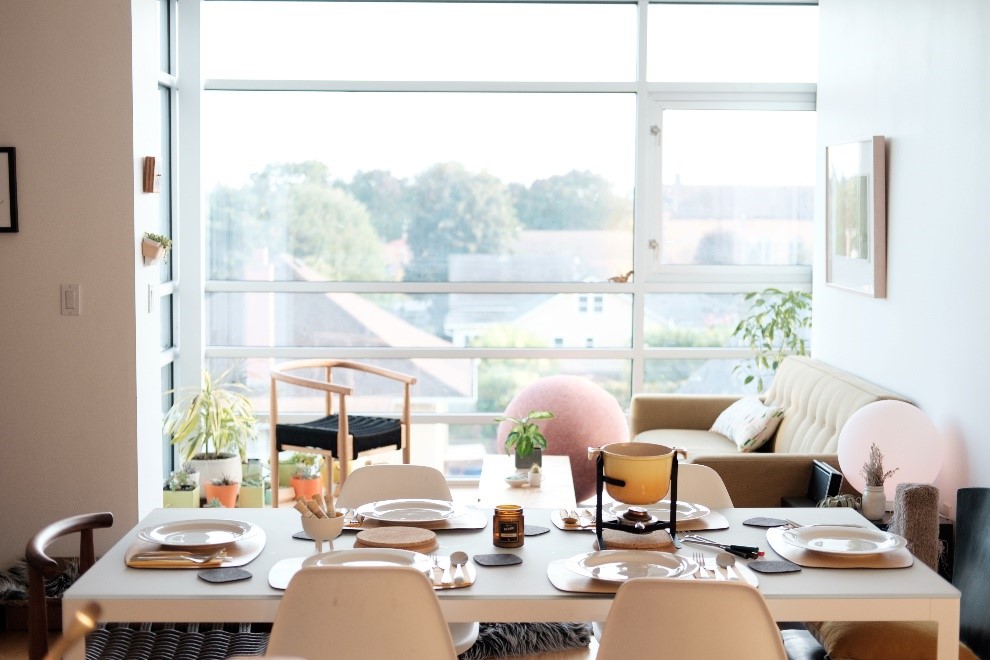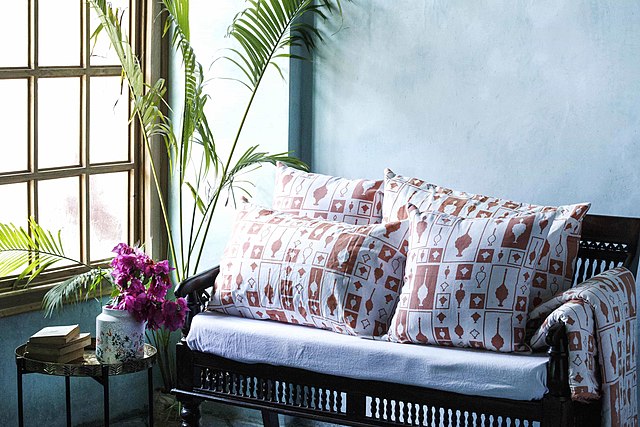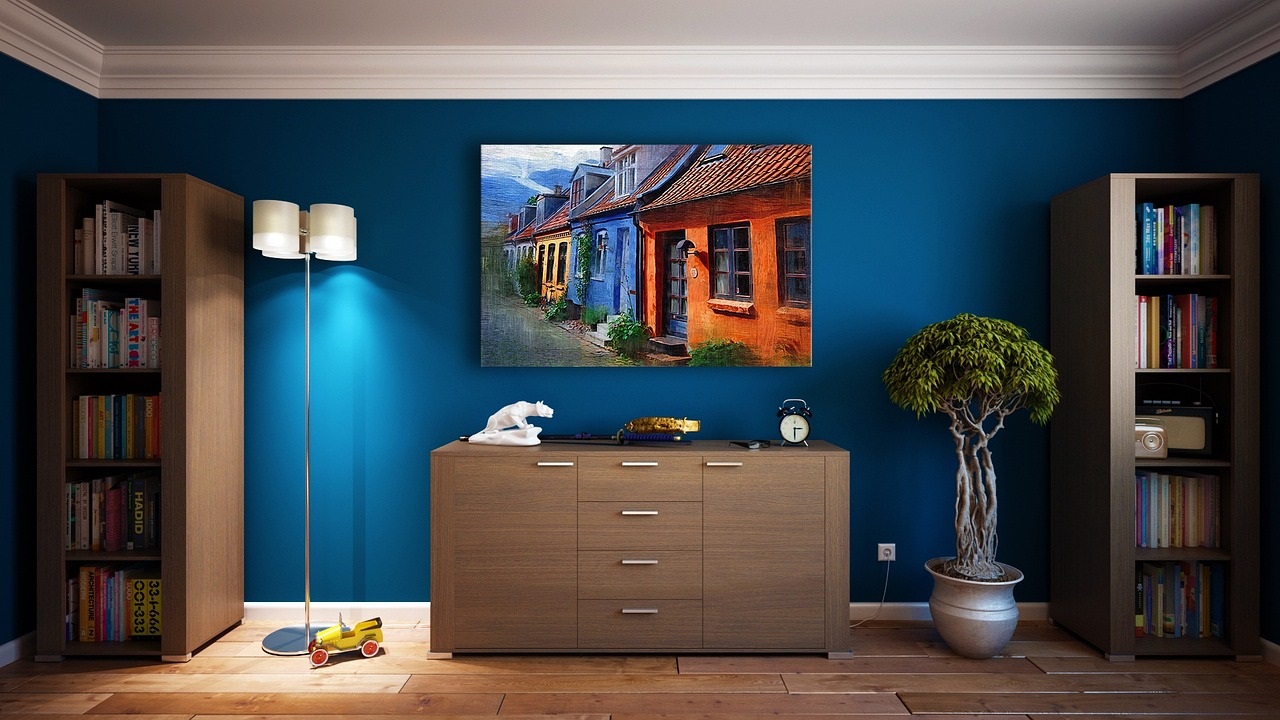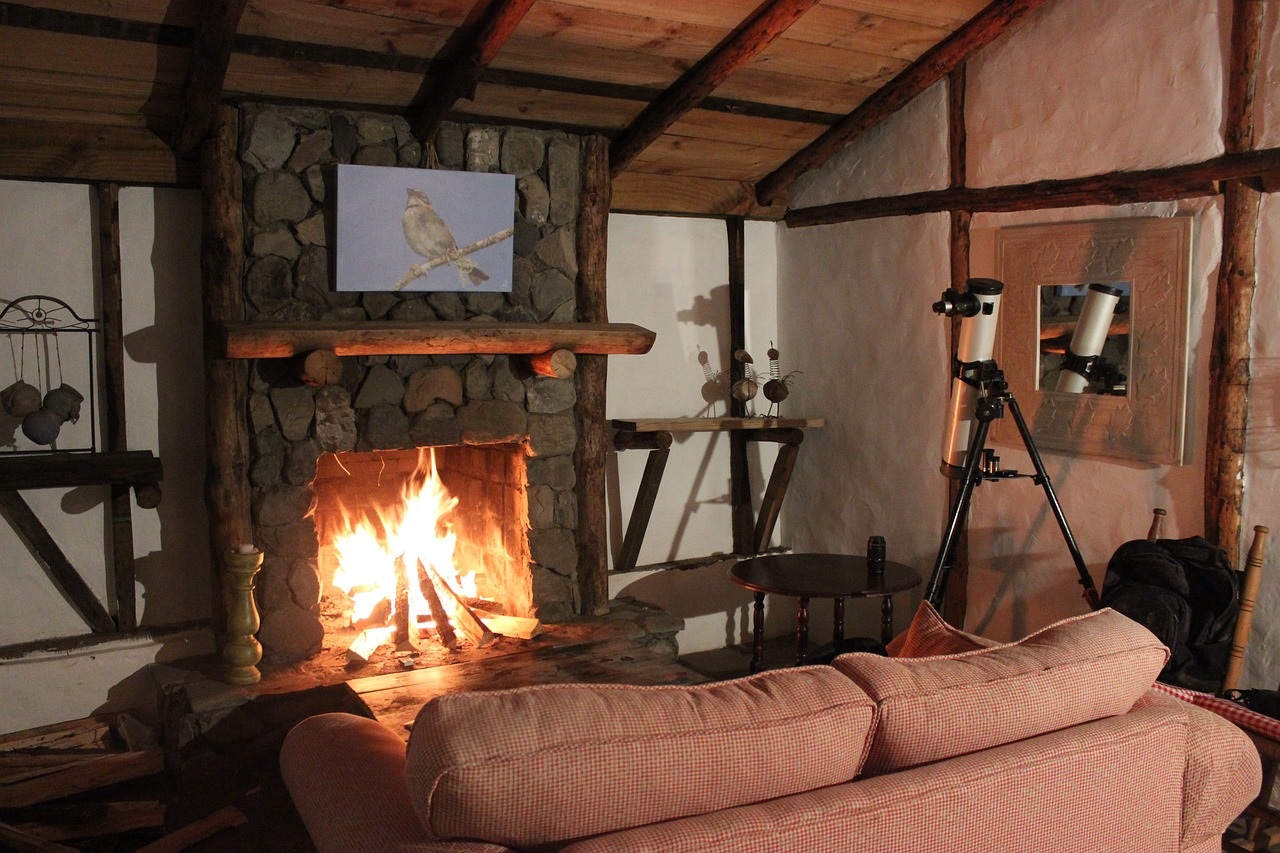In ancient times, light was the primary consideration of the architect and builder. The sun and its position during the day prioritized the siting of the dwelling and its openings. More light means more benefit to the occupant. Today, we understand that light is critical for good health and a humanistic living environment.
Architecture has been called the art of combining form and light to produce the optimal space for living and work. When great care has been taken in the design and siting of a home, the result is a bright and airy space that feels inviting and energizing. However, land constraints and the need for building efficiency have produced narrow-lot houses with windows on two opposing sides and condos that are deep rectangles with a dark entry and a bright window area.
Improving natural light becomes an exercise in distributing available light to as many dimensions of the room as possible. This results in a space that is more alive, intuitive, and welcoming. There are a number of benefits from natural light, including UV disinfection, energy savings, and mood enhancement.
There are four basic elements to improving natural light: increasing the amount of light that enters the space, reflectivity of materials, lightness of materials, amount and quality of additional light.
Increasing the amount of available light is accomplished by examining areas near window openings. Begin with clean windows to allow the highest level of transmissibility of light. Coverings that block the edges of windows can reduce the effective size of the window. The same is true for heavy blinds and sheer curtains. One solution is to extend curtain rods so the whole window frame is visible when the drapes are open.
Mirrors are a simple and effective solution for bringing light deeper into a space. With especially dark or small spaces, the key is to be bold in the size of the mirrored surface. Long, narrow condos or homes with dark halls can benefit from mirrored walls. Mirroring an entire wall creates an optical illusion of twice the space. It will also draw light along its entire length to reach the full length of a condo. Staggered mirrors on two walls can achieve a similar effect.
More focused applications of mirroring can be done with strategic placements. For example, placing mirrors on the opposite wall will reflect light back to the source. When assessing your space for mirrors, use a large mirror and move it around the room to see where most of the light will be reflected. You might be surprised at how mirror placement can dramatically affect the light in a room.
If you have the luxury of choosing the interior elements, such as tiles and other fixtures, keep in mind that shiny things will reflect more light back. Paint with higher levels of sheen can bounce light around more. In comparison, matte finishes, wood, and dark fabrics will absorb light.
It may not be practical to paint the walls but doors and trim can be easy and inexpensive to repaint. Choose a high gloss finish for maximum effect. Apply two or three light coats of the highest quality paint you can afford. If you live in an older home, be sure to check the type of paint as latex over oil will peel.
If your home has direct sun to the back of the room during the winter, morning, or late evening, then you may want to consider a high sheen paint on the ceiling, such as gloss or semi-gloss. Gloss paint works well on ceilings that have added texture or a design them, such as a maritime wood-strip finish or a cutting-edge all-gloss interior. Test the idea in a vanity with or without a small window to see if it appeals to you.
Light furniture in whites, cool creams, and silky greys will create a naturally brighter space. They keep the room open and airy. If you have dark floors, a light area rug will immediately brighten the room by connecting with the light ceiling, creating a balanced effect.
Are you looking for a DIY project home or condo? Contact us today for more information on these and other opportunities.









